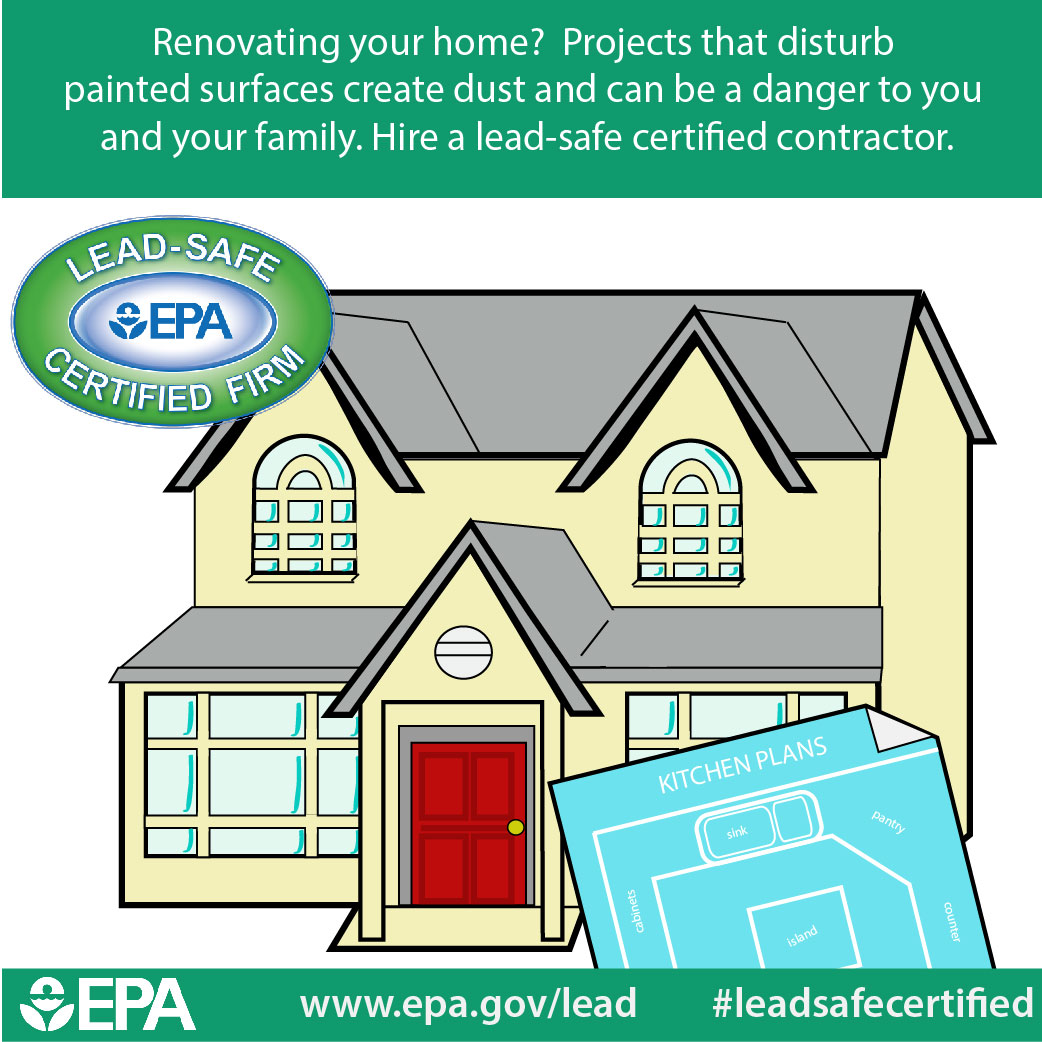Secret Seasonal Considerations For Commercial Exterior Paint: What You Required To Be Educated About
Secret Seasonal Considerations For Commercial Exterior Paint: What You Required To Be Educated About
Blog Article
Team Writer-McLamb Rosendal
When you're planning an industrial external paint task, seasonal elements can make or damage your results. You'll want to take into consideration just how temperature level and humidity influence paint application and drying times. Selecting the ideal period can ensure your paint sticks correctly and lasts longer. But which seasons are really the most effective for this type of job? Allow's explore the key elements that can influence your project's success.
The Influence of Temperature Level on Paint Application
When you're intending an industrial outside paint task, the temperature level can dramatically affect exactly how well the paint adheres and dries out.
Preferably, you wish to paint when temperatures range in between 50 ° F and 85 ° F. If it's too chilly, the paint may not treat correctly, leading to concerns like peeling or fracturing.
On the other side, if it's too warm, the paint can dry too promptly, stopping appropriate bond and leading to an uneven finish.
ceiling painting company twin cities ought to likewise take into consideration the moment of day; morning or late afternoon uses cooler temperature levels, which can be more desirable.
Always examine the producer's recommendations for the particular paint you're making use of, as they commonly give advice on the perfect temperature range for ideal results.
Humidity and Its Impact on Drying Times
Temperature isn't the only environmental variable that influences your industrial exterior painting job; moisture plays a considerable role as well. High humidity levels can reduce drying times significantly, affecting the overall high quality of your paint work.
When the air is saturated with wetness, the paint takes longer to treat, which can bring about problems like inadequate bond and a higher danger of mold growth. If you're painting on a specifically humid day, be prepared for extended delay times between layers.
It's vital to keep track of regional climate condition and plan appropriately. Preferably, https://www.digitaljournal.com/pr/news/austin-interior-painting-drywall-installation-home-renovation-service-launch for moisture levels in between 40% and 70% for optimum drying.
Maintaining these factors in mind guarantees your project stays on track and supplies a lasting finish.
Best Seasons for Commercial Outside Painting Projects
What's the best time of year for your industrial external painting projects?
Springtime and very early autumn are normally your best options. Throughout these periods, temperature levels are moderate, and humidity levels are often reduced, creating ideal conditions for paint application and drying.
Avoid summer's intense heat, which can cause paint to completely dry as well promptly, resulting in bad attachment and coating. Similarly, wintertime's cool temperatures can prevent proper drying out and curing, risking the long life of your paint job.
Go for days with temperatures in between 50 ° F and 85 ° F for ideal results. Remember to inspect the neighborhood weather forecast for rainfall, as damp problems can destroy your task.
Preparation around these elements guarantees your painting project runs efficiently and lasts longer.
Final thought
In conclusion, preparing your commercial external painting projects around seasonal factors to consider can make a substantial difference in the end result. By organizing job throughout the suitable temperatures and humidity levels, you'll ensure far better bond and drying times. Keep in mind to keep an eye on regional weather prediction and select the right time of year-- spring and very early loss are your best options. Taking these steps will certainly aid you accomplish a durable and professional finish that lasts.
